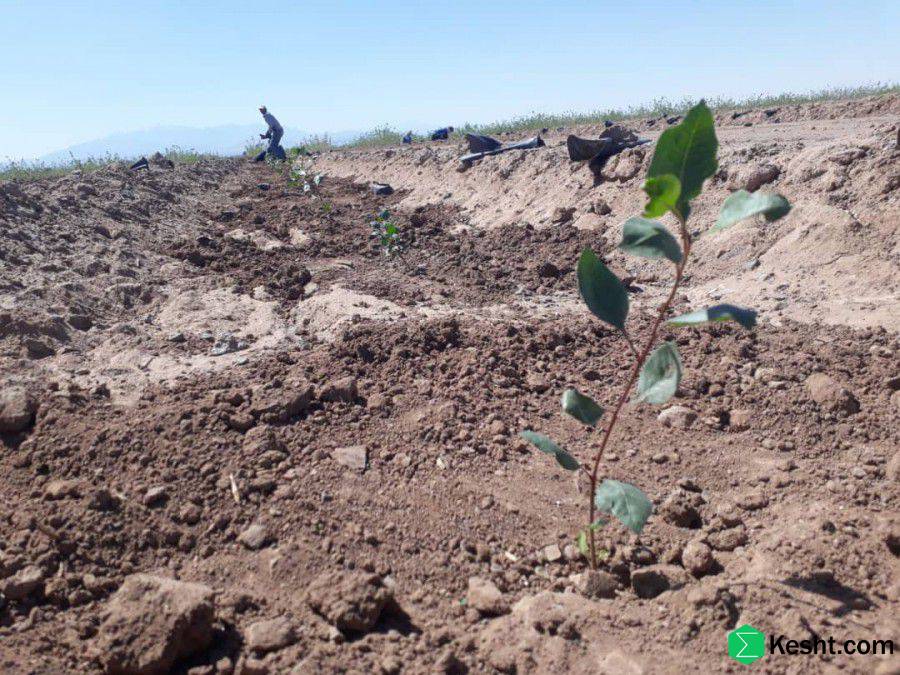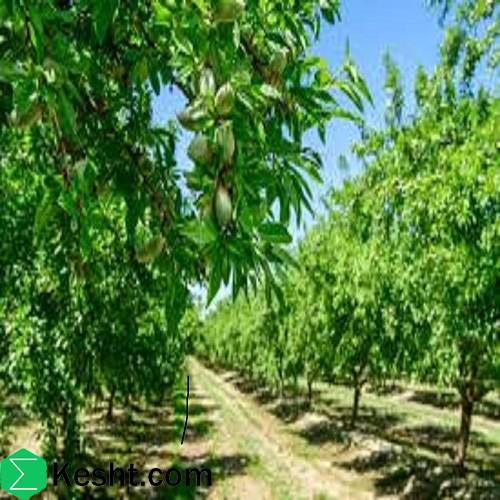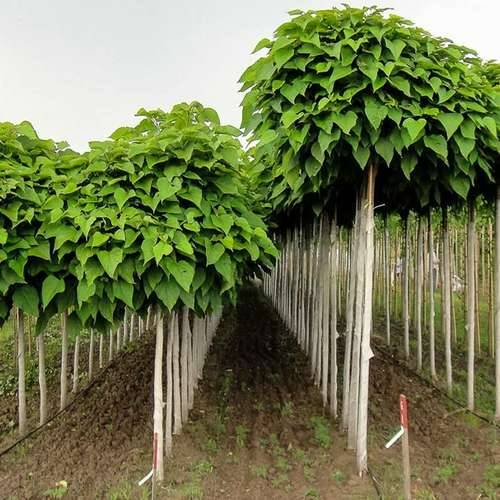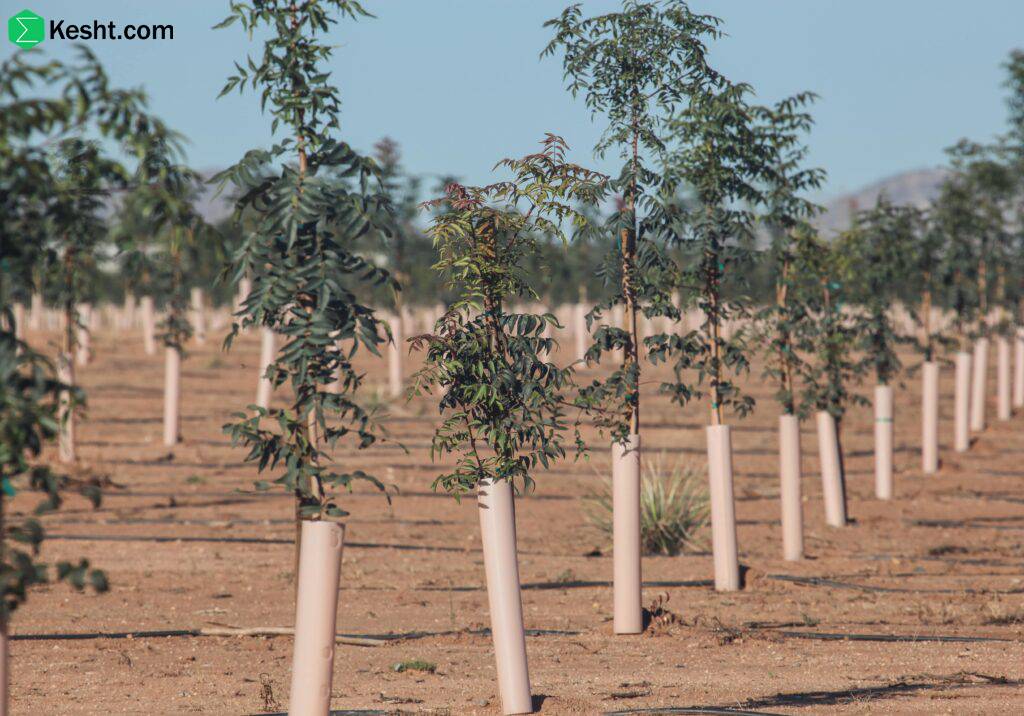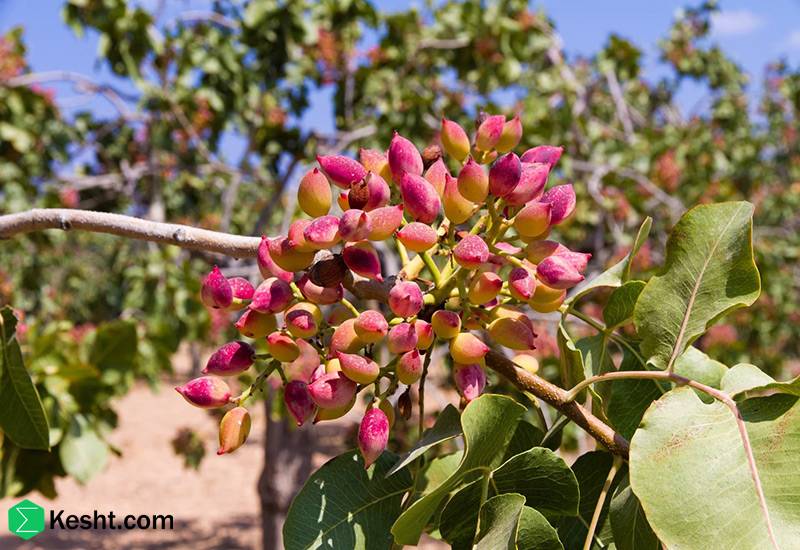Purchasing saplings is one of the most fundamental steps in gardening and agriculture. Choosing the right sapling directly impacts growth, resistance, yield, and profitability. A poor-quality sapling may not only grow slowly but also become susceptible to diseases and pests, ultimately leading to financial losses instead of gains. In this comprehensive guide, we will thoroughly examine all the essential factors to consider before buying saplings. By following these principles, you can select healthy, high-yielding saplings and get the best return on your investment.
If you are interested, it is recommended that you read the following article / article title:
The best time to plant seedlings and check the soil
Choosing the Right Species and Variety of Sapling
A) Compatibility with Local Climate Conditions
The sapling must be suitable for the temperature, humidity, and rainfall levels in your area. For example
Cold regions: Apple, cherry, sour cherry, and walnut saplings are ideal.
Hot regions: Citrus, mango, date palm, and fig grow better.
Temperate regions: Olive, pomegranate, and peach are good choices
. B) Soil Compatibility Clay soil
Suitable for moisture-resistant trees like weeping willow and poplar.
Sandy soil: Citrus and fig trees thrive in such soil.
Acidic or alkaline soil: Some saplings, like blueberries, require acidic soil, while pistachios grow better in alkaline soil.
C) Purpose of Planting
Fruit production :If your goal is harvesting, choose grafted or improved saplings.
Timber and industry: Fast-growing saplings like poplar and eucalyptus suitable.
Landscaping: Ornamental saplings such as maple, pine, and boxwood are excellent options.
If you are interested, it is recommended that you read the following article / article title:
Deep Irrigation
https://ekesht.com/en/blog/deep-irrigation
Checking the Health and Quality of the Sapling
A) Healthy and Strong Roots Roots
should be well-developed, dense, and free from rot. Avoid saplings with dry, damaged, or tangled roots. Roots protruding from the pot indicate poor-quality saplings.
B) Sturdy Trunk and Stem
The sapling should have a straight, unblemished trunk without cracks. In young saplings, trunk diameter should be proportional to height (thin and tall saplings are less resilient).
C) Healthy Leaves and Buds
Leaves should be green, vibrant, and free from fungal spots or burns. Buds should be healthy and ready for growth.
D) Absence of Pests and Diseases
Avoid saplings with aphids, mites, scale insects, or black spots (signs of fungal disease). If the sapling has spiderwebs or tiny insects, it may be infested with pests.
Appropriate Age and Size of the Sapling
A) Age of the Sapling
One-year-old saplings: Suitable for most fruit trees and tolerate transplant stress better.
Two-year-old saplings: Preferred for trees like walnuts and pistachios. Avoid very old saplings (over 3 years), as their roots may not adapt well to new environments.
B) Standard Height and Size
Fruit trees: Typically 80 to 150 cm tall.
Ornamental and forest trees: Height varies depending on the species.
If you are interested, it is recommended that you read the following article / article title:
Periodic soil testing
https://ekesht.com/en/blog/periodic-soil-testing
Health Certificates and Authenticity of the Sapling
A) Buying from Reputable Sources
Choose nurseries with plant health certificates and production licenses. Grafted and improved saplings have higher quality and bear fruit earlier.
B) Checking Labels and Specifications
The sapling should have scientific name, variety, age, and production date labeled. Ask the seller about disease resistance and care requirements.
Best Time to Buy and Plant Saplings
A) Ideal Season for Buying Saplings
Autumn (after dormancy): Best for most trees.
Late winter (before budding): Suitable for cold regions.
B) Unsuitable Time for Buying Saplings
Spring and summer: High transplant stress due to active growth.
Price and Cost of Saplings
Cheap saplings may be low-quality: Low prices can indicate disease, genetic weakness, or unprofessional production.
Hidden costs: A diseased sapling may require extra pesticides, fertilizers, and care in the future.
If you are interested, it is recommended that you read the following article / article title:
What types of fertilizers are suitable for soil amendment?
https://ekesht.com/en/blog/what-types-of-fertilizers-are-suitable-for-soil-amendment
Proper Transportation and Planting of Saplings
A) Transporting Saplings
Roots should be moist and covered with plastic or burlap. Avoid exposing saplings to wind and direct sunlight during transport.
B) Quick and Proper Planting
Saplings should be planted within 48 hours of purchase. The planting hole should be twice as wide and deep as the root system. Buying from Trusted Sellers Choose nurseries licensed by the Ministry of Agriculture. Consulting horticulture experts before buying is highly recommended. Avoid buying from street vendors or unprofessional sources.
If you are interested, it is recommended that you read the following article / article title:
Solid organic fertilizers
https://ekesht.com/en/blog/solid-organic-fertilizers
Conclusion: How to Choose the Best Sapling?
Environmental compatibility (climate, soil, altitude)
Full health check (roots, stem, leaves, no pests/diseases)
Appropriate age and size (preferably 1-2 years old with balanced height)
Health certificates and authenticity (buy from reputable sources)
Right time to buy (autumn and late winter)
Proper transportation (prevent root drying)
By following these tips, you can select healthy, productive, and long-lasting saplings and maximize the benefits of your garden or farm.
In addition to following the above tips, you can contact us for more information and advice on purchasing seedlings.
We are the “ekesht” platform — a subsidiary of Samin Atlas Iranians and the only official exporter of BlueLabel seedlings in Iran
Why Blue Label?
Because the world only trusts these seedlings!
Ordinary seedlings (without labels or other labels), even if one of them is infected, can destroy your entire garden — without you realizing it!
But the advantage of Blue Label seedlings:
✅Each of them has a global barcode
✅Tested in advanced laboratories
✅Free from any viruses and microbes
✅The only seedlings that are allowed to be legally exported!
This is important for you if:
- You want to build a garden that is productive and hassle-free
- You are looking for a long-term investment in gardening
- You want to start without stress, without losses, without surprises!
Blue Label seedlings = peace of mind
Because when the seedlings are healthy, the garden stays healthy — and real profits come!
Contact us now — before a random seedling destroys your garden!
Healthy Seedlings = Fruitful Garden = Smart Investment
And that’s exactly what we do at ekesht.
ekesht platform (with fifteen years of practical and successful trade experience with Russia, Kazakhstan, Iraq, China, Turkmenistan, Turkey, etc.) is ready to cooperate with people active in the field of agriculture.
For more information and additional information, please contact us via social media, phone call or email
Phone number:
Email:
Social media address:
